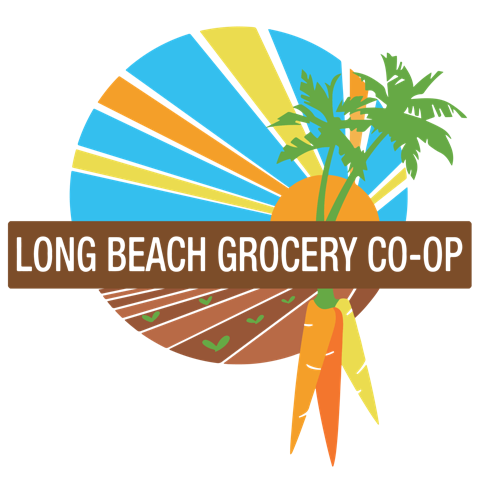From Plants To Ras el Hanout | The Flavors of Morocco
Written by Maji Karim – plantswaterlove.com
When I was a child, my parents would spend the entire summer break with us in Morocco almost every year. It always has been my favorite time of the year and has taught me a lot about life, hospitality, and compassion. One thing I always enjoyed with my siblings, was sitting next to the ladies of our surrounding neighborhood that came to our house after my grandpa returned from the market next town.
In his large baskets, he had the valuable seeds, roots, and herbs for a very special spice blend. Also, we knew he would buy fresh bread, lots of vegetables, and pantry items. We kids would always look forward to the Moroccan sweets and pastries he used to bring for us.
Every lady from the neighborhood brought her brass mortar and pestle and my grandfather also had a stone mill in his house. Sitting in a circle on carpets, the spice ingredients on a very large silver plate in the middle, they all worked together to grind and mix them to become the desired blend.
My grandfather's recipe was considered the neighborhood favorite at that time, and he happily shared it with everyone. Once everything was ground and mixed, dinner was prepared and eaten together and the ladies took a generous portion of the spice blend home for their own use.
Oh, how I looked forward to the next summer break while on the way back “home” to Germany. The company, feeling of togetherness, the joy and fun we had during those times were the best of our lives.
The famous Moroccan spice blend is a traditional blend with a rich, spicy, aroma and deep, complex flavors. Ras el Hanout has its name from an Arabic phrase, translated as “head of the shop” or “top of the shelf” and it means that it is the best spice the merchant has to offer.
Ras El Hanout and Saffron are two of Morocco’s most used spices, and some Ras el Hanout blends also contain Saffron. It is an important spice blend and is used in many savory and even sweet dishes.
Legend has it that this Moroccan blend was created by North African spice dealers who would mix together the best of their spices to create an aromatic signature blend. A blend can contain as little as 10, or as much as 80, individual spices.
Every merchant has their own recipe that is secretly guarded. Chances to find two of the same versions are very unlikely. If purchased from different vendors, you will notice differences in flavor and maybe color.
Also, regional differences play a role in taste and fragrance. If a family does not buy theirs from a trusted vendor, they most likely make their own after a family recipe that was passed down from one generation to another. Neighbors exchange recipes too. Some of the ingredients are also used individually for medicinal purposes.
Most recipes include cardamom, nutmeg, anise, cinnamon, ginger, various peppers, and turmeric. traditionally, the seasonings are individually ground and blended to ensure the most vibrant flavor and aroma.
When freshly ground, the scent reminds me of the spice markets in the beautiful city of Marrakech, which is a paradise for foodies and herbalists with its famous markets and herbal apothecaries.
Taliouine, a mountain village near the Atlas Mountains in Morocco is the top producer of Africa’s saffron industry and the fourth-largest in the world. Founded in 1979, it is run by a cooperative with 160 members. The rich volcanic soil combined with the ideal dry climate, with extremely hot summers and cold winters, gives the saffron its potency, color, and outstanding aroma. Centuries of knowledge and agricultural skills have enabled farmers to produce one of the world’s finest saffron.
Nowadays, there are more than 27.000 cooperatives with more than 560.000 cooperators in Morocco. Cooperative practices have a centuries-long history and were implemented by the indigenous people of Morocco, the Amazigh (Free People). The management of the commune was ensured by the "Jmaa" (community consensus).
Since early times, the Amazigh people have a great knowledge of plants and use medicinal and aromatic plants as traditional medicines to heal different human conditions. Women typically have a greater knowledge and there is still a large number of herbalist and medicine women working individually, in co-ops, in a family setting, or as traditional Doulas.
I am glad to experience and to be part of a growing movement of local cooperation, share, exchange, and help like the Long Beach Grocery Co-op which will also support local growers and producers, cut middlemen, increase fairness in trade, and sustainability through offering local products and reducing long-distance transportation, which harms our ecosystem.



